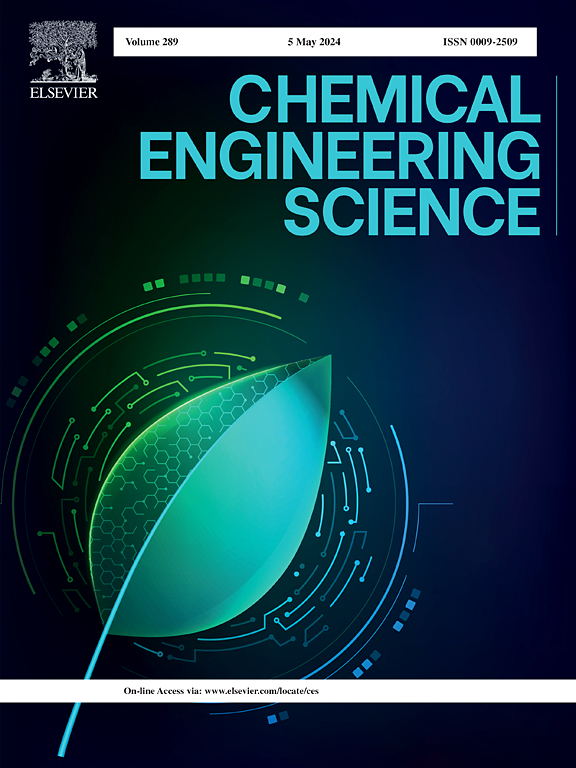Asymmetric spreading and rewetting phenomena of droplet impact on curved surfaces: A pseudopotential MRT-LBM simulation
IF 4.1
2区 工程技术
Q2 ENGINEERING, CHEMICAL
引用次数: 0
Abstract
Droplet dynamics research is one of the most significant challenges from micro-nano coatings on surfaces and microfluidic control in biomedicine to industrial spray painting, atomized combustion, and environmental pollution control. In nature and practical applications, the motion of droplets on non-uniform surface structures is often involved, yet the resulting asymmetric spreading and rewetting phenomena have not received sufficient attention. This poses a significant barrier to further refining the control of droplets and broadening their applications. Here we proposed a refined dynamic model and study the behavior of spray droplets on semi-cylindrical curved surfaces using the pseudopotential multi-relaxation-time scheme of lattice Boltzmann method (MRT-LBM). Our results indicate that the peripheral annular flow of the droplet preferentially spreads along the tangential direction. The axial retraction effect further squeezes the liquid to spread laterally, resulting in a maximum spreading length ratio of 1.3 for the tangential to axial directions. This asymmetric behavior is significantly enhanced with the increase of the droplet’s Weber number and the curvature of the structure (R/R0). We also discussed the effects of asymmetric retraction and initial velocity during the droplet impact process on the reduced contact time of up to ∼ 32 %, as well as the rewetting phenomenon. The proposed model should enable accurate simulation of the droplet dynamics on various non-uniform structural surfaces. It highlights a systematic analysis of the complex interactions between initial conditions, structural parameters, liquid properties, and surface tension that affect droplet dynamics, providing an in-depth understanding of the mesoscale interactions of droplets on non-uniform structural surfaces.
求助全文
约1分钟内获得全文
求助全文
来源期刊

Chemical Engineering Science
工程技术-工程:化工
CiteScore
7.50
自引率
8.50%
发文量
1025
审稿时长
50 days
期刊介绍:
Chemical engineering enables the transformation of natural resources and energy into useful products for society. It draws on and applies natural sciences, mathematics and economics, and has developed fundamental engineering science that underpins the discipline.
Chemical Engineering Science (CES) has been publishing papers on the fundamentals of chemical engineering since 1951. CES is the platform where the most significant advances in the discipline have ever since been published. Chemical Engineering Science has accompanied and sustained chemical engineering through its development into the vibrant and broad scientific discipline it is today.
 求助内容:
求助内容: 应助结果提醒方式:
应助结果提醒方式:


